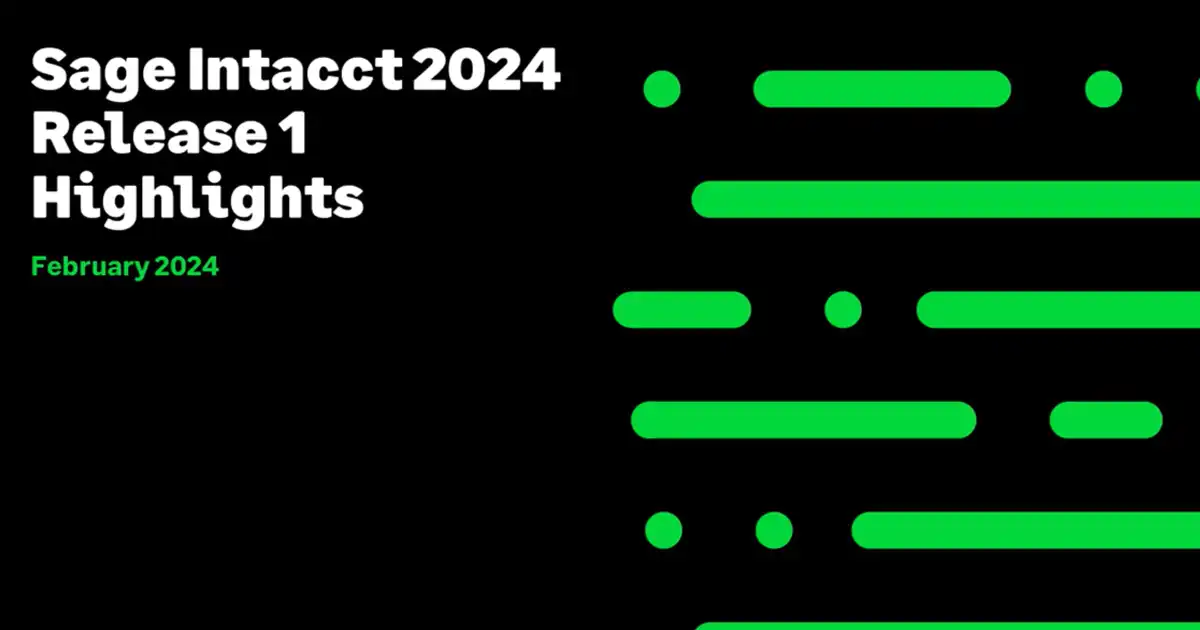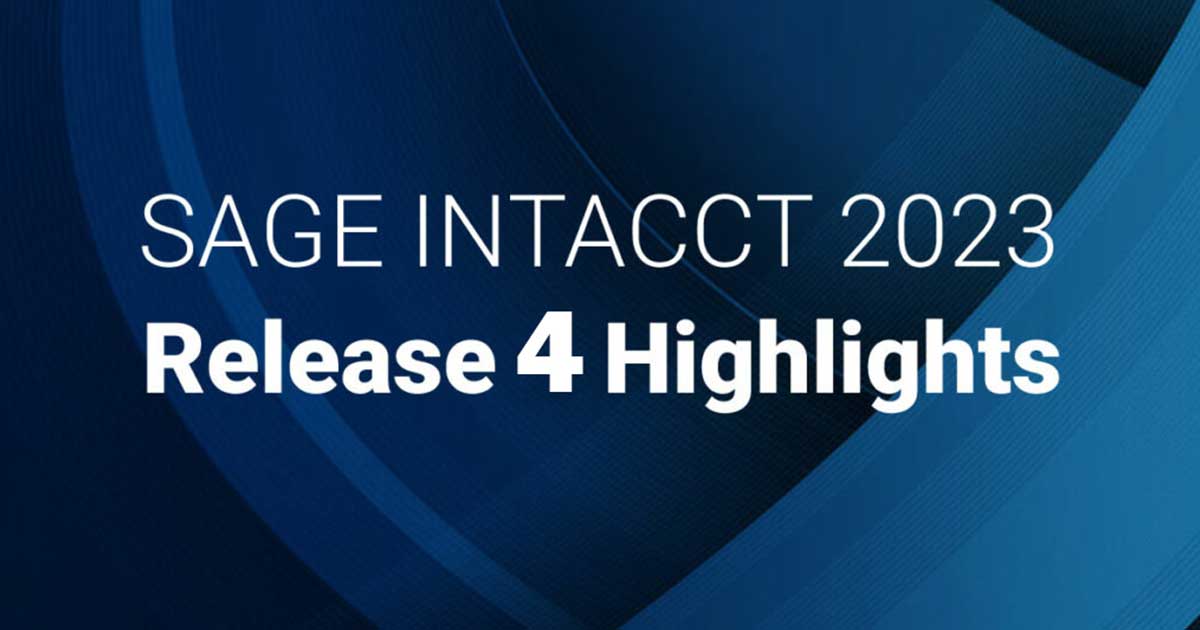One of the most respected economists of our time, John Kenneth Galbraith, once said, “The only function of economic forecasting is to make astrology look respectable.” Well, let’s hope my 2022 healthcare predictions can at least reach that level of respectability!
To look ahead, we need to look back for a moment. While healthcare was changing at a rapid pace before the pandemic (rapid for healthcare, anyway), the acceleration of change–and the creativity we have seen during the pandemic–has been truly amazing. One of the best parts of Brian Bogie’s job at Sage Intacct is spending time with customers, prospects, and industry experts and hearing about the changes they have incorporated into their organizations.
It is not slowing down one bit in 2022. In fact, change is the theme that runs across all of Brian’s predictions.
2022 is the year of cost control (as was 2020, 2021…and will be in 2023?)
Cost control has gone beyond sharpening the pencil on inventory, contracts, leases, and more. As they say, “That’s been done, next!” It’s now about understanding the true cost of care, examining its components, and looking for ways to do it better and more efficiently. Industry Principal for Healthcare at Sage Intacct, Melissa O’Dowd wrote about this in her blog post on Activity-Based Costing (ABC). While there is always value in sharpening the pencil, ABC can exponentially change how a healthcare organization can understand, manage, and control costs while providing more effective and efficient care.
It’s all about the APIs
According to a recent Change Healthcare survey, “Wired for Transformation: The State of Healthcare APIs,” 67% of providers and 61% of payers say their organizations will use APIs at scale by 2023. We see this every day, and it’s part of our approach to helping healthcare finance executives succeed. It’s not enough to know the financials–without the clinical, statistical, and regulatory information, you have an incomplete view of the health of your organization. And that data comes from various sources, from electronic medical records (EMRs) and revenue cycle management (RCM) applications to payroll, human resources, inventory, and others.
Private Equity (PE) will play a major role
We’ve seen a rise in PE in healthcare for the last decade, and the level of investment since the pandemic has grown significantly. More than 2,000 healthcare-related PE deals occurred in 2020, and considering the first 9 months of 2021 saw almost that same number1, we expect the trend to continue in 2022. While the pros and cons of PE in healthcare continue to be debated, there is an incredible amount of opportunity available for forward-looking healthcare organizations and PE firms.
Driven by demographics–by 2030, every Baby Boomer will be age 65 or older, which means that 1 out of every 5 U.S. citizens will be of retirement age2–the need to control costs and an increased appetite for at-home services means that we expect investment to continue in-home care, physical therapy, mental health, senior services, hospice, and palliative care.
The continuous change will be the key
Understanding, predicting, and adapting to change will be the key to every successful healthcare organization in 2022 and beyond, and we’ve already shown that we’re capable. From the rise and mainstream use of telehealth, to new business models like enhanced at-home care, to new payment models like memberships, and the increasing presence of PE, healthcare showed (and continues to show) incredible creativity in the face of a pandemic. Now, patients are finally on board and want more–more convenience, cost transparency and services.
2022 will be another year full of change, and both healthcare organizations and patients can benefit.
This post was originally published on Sage.com


